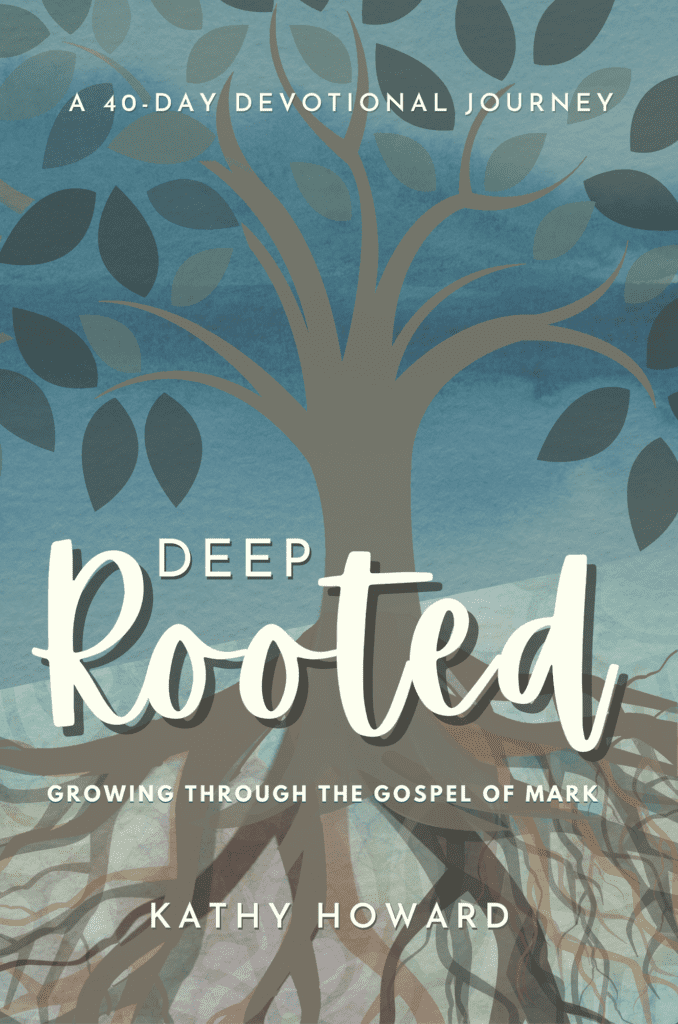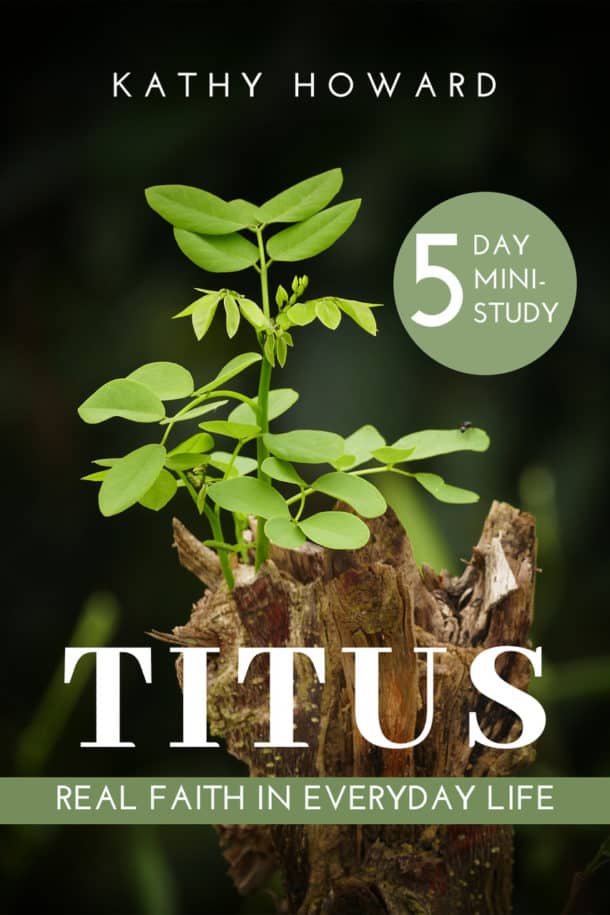Lent begins next week. Like me, you may not be part of a church tradition that formally observes the Lenten season. But the time period between Ash Wednesday (February 23) and Easter (April 17) is a great time to purposefully reflect on Jesus Christ, His sacrifice for our sins, and His victory over death through His resurrection.
Many of us may love the idea of meaningful reflection on what Jesus has done for us, but not be sure what to do. I want to help! Keep reading to hear about the FREE Bible reading plan I’ve put together that will help you focus on Jesus and what He’s done for us. But I also thought you might be interested in a few other ways we can observe the Lenten season. (For a quick overview of what Lent is and how it came to be, see “When is Lent? What is the Timeline?” or “What is Lent and Why is it Important?”)
Ways to Observe Lent
Compared to Advent before Christmas, Lent is a somber time. Jesus died for us. Our sin nailed Him to the cross. The activities typically observed during the 40 days leading up to Easter are meant to foster introspection, repentance, self-denial, and a deeper awareness of Jesus’ sacrifice. Here are the primary ways Christians observe Lent:
- Fasting – Temporarily giving up something we especially enjoy or something that consumes a lot of our time is a great way to refocus our attention on Jesus. Fasting can mean abstaining from a specific food or stopping an activity like television or social media.
- Giving – Financially giving to others is another way to deny self and acknowledge Jesus. We may give up something we want or need to provide for someone else. Giving also recognizes the many blessings of God in our lives. Generosity in giving reflects the boundless generosity of Christ toward us. “For you know the grace of our Lord Jesus, that though he was rich, yet for your sake he became poor, so that you by his poverty might become rich” (2 Corinthians 8:9).
- Prayer – Although repentance may not always be at the top of our prayer list, Scripture emphasizes our need for ongoing repentance. For instance, Jesus included repentance in the sample prayer He gave to His disciples (Matthew 6:12). We can use Scripture to help us express repentance. Psalm 51 is a great place to begin. I also use Psalm 139:23-24: “Search me, O God, and know my heart! Try me and know my thoughts! And see if there be any grievous way in me, and lead me in the way everlasting!”
- Bible Reading – God has revealed Himself to us in His Word! God wants us to know Him. If you don’t read the Bible regularly, Lent is a great time to begin. If you’re sporadic, you could form a new habit.
FREE Bible Reading Plan for Lent
The Gospel of Mark makes a great focus for Lent since it tells the story of Jesus, His ministry, and His sacrifice. This plan divides Mark into 40 bite-sized readings. And since Sundays aren’t counted in the 40 days of Lent, the plan includes six resurrection-themed readings for the six Sundays of the Lenten season.
DOWNLOAD THE FREE BIBLE READING PLAN
If you’d like to enhance your reading time consider getting a copy of my 40-day devotional book “Deep Rooted: Growing through the Gospel of Mark.” The 40 days correlate with the 40 days of the Bible reading plan. Each day includes inspiration, commentary on the passage, and questions to help you dig deeper, reflect on, and apply what you read.
Find out more about “Deep Rooted: Growing through the Gospel of Mark”
Do you plan to observe the Lenten season? If so, how?




Titus Bible Study
Join Kathy's mailing list to receive a free mini Bible study on the book of Titus.
Success! Check your inbox for the download link.